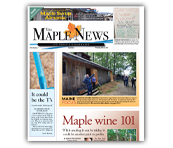BACK TO HOME
Cornell Corner
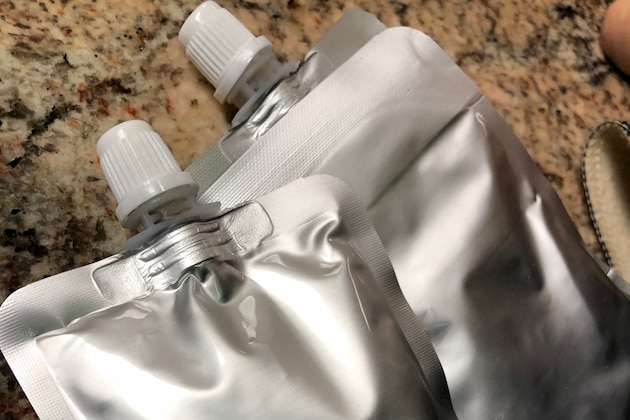
Are foil packs worth it?
Peter Gregg | May 1, 2019
SYRACUSE, N.Y.—As packaging technology advances, there may be new ways to make money in maple. But how about with foil packs?
Foil packs are available for bulk purchase online in several different sizes. Some maple companies have been able to mass produce the packets and market them to the running and fitness demographic as single serve “one shot” energy boosters for athletes.
But Steve Childs of the Cornell University Maple Program set out to find if there is any profit in selling single serve foil packs for the average sugarmaker.
“We wanted to find the ‘farmer’ way of doing it,” Childs said, during a standing-room only seminar at the Mid-Winter Maple Classic in Syracuse on Jan 5.
“Is there any way to fill these ourselves in any sort of practical way,” Childs said. [ MORE ]
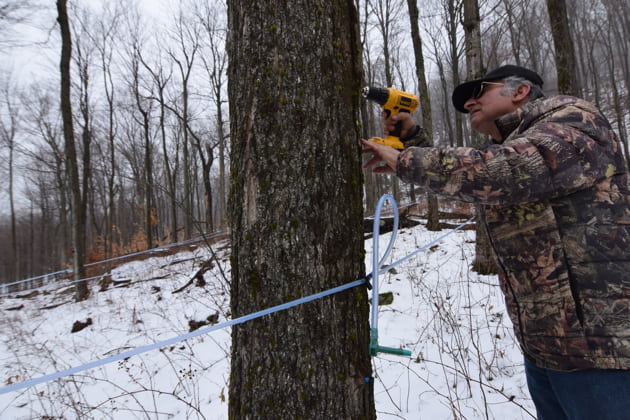
Cornell study shows results from re-tapping holes
Stephen Childs and Aaron Wightman, Cornell Maple Program | December 4, 2018
In the 2018 Cornell Maple Program replicated tubing system sap flow trials, one of the first systems to stop running was the second year 5/16” laterals, drops and spouts with four replications.
In this treatment nothing had been changed since its use in the 2017 sap season other than being vacuumed dry at the end of the 2017 sap season. By April 6 they had completely dried up. On April 6, a new tap hole was drilled 6 to 8 inches directly above or below the original 2018 taphole.
This taphole location was chosen so as not to create a new partition zone in the tree thereby saving clean white wood for future tapping. It was also located in the same channel to see if there would be significant air leakage across the 6 to 8 inches.
[ MORE ]
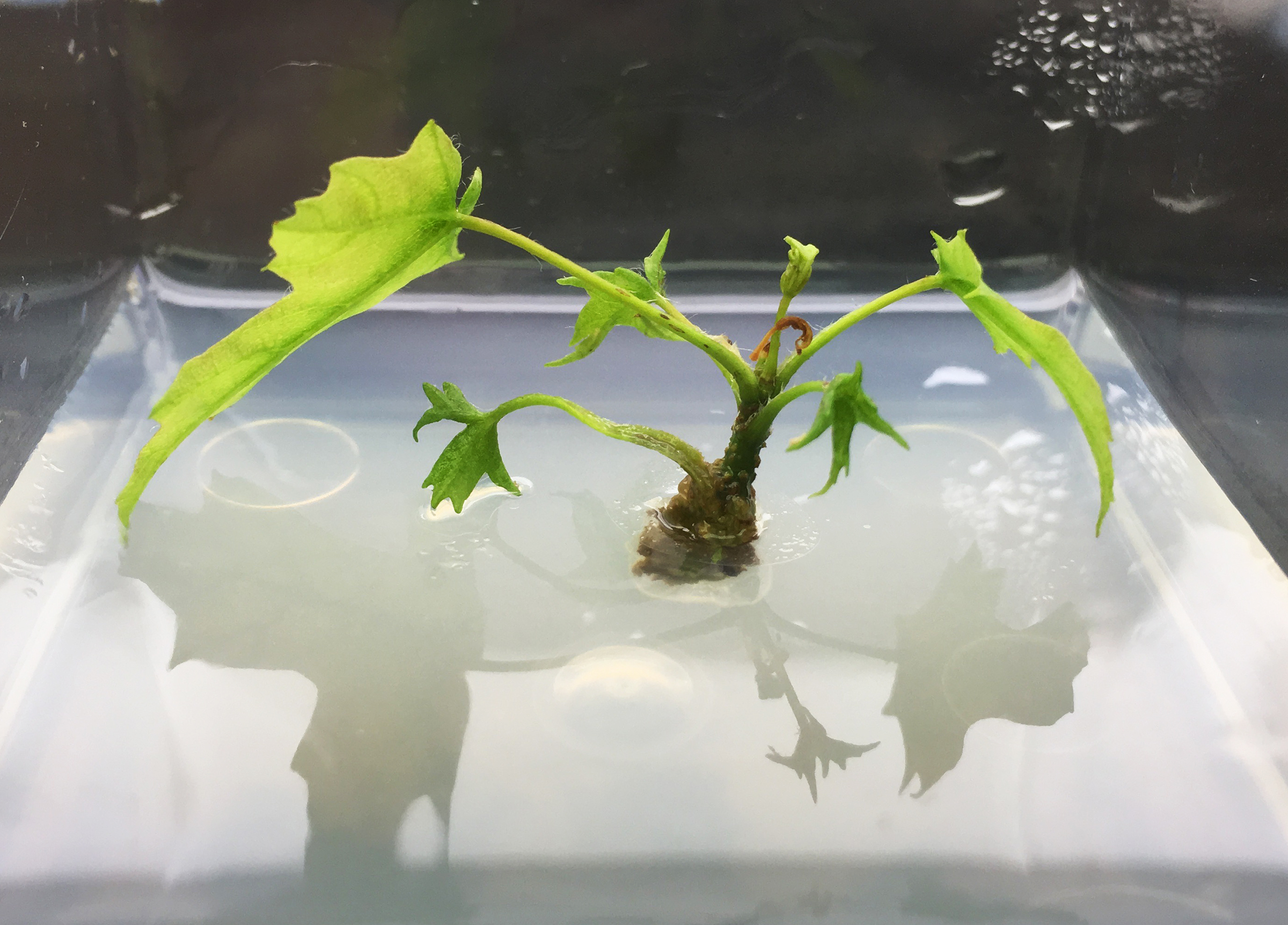
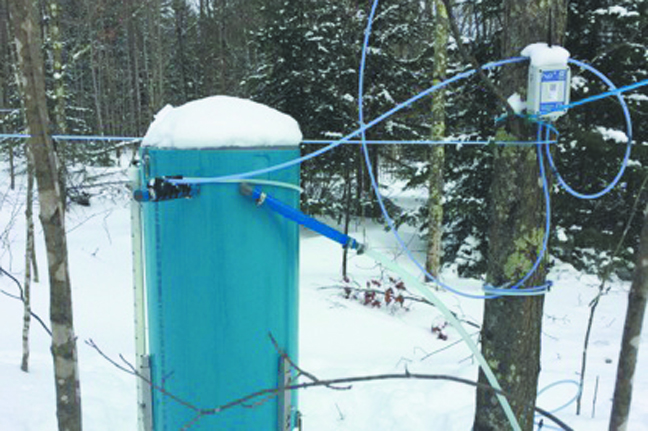
Tap hole sanitation research in the ’17 season
Stephen Childs and Aaron Wightman, Cornell Maple Program | Feb. 28, 2018
In 2017, 11 replicated maple tubing research plots were established at the Arnot Forest to provide information useful in identifying which methods of reducing microbial contamination of the tap hole are most effective and result in increased sap production. [ MORE ]
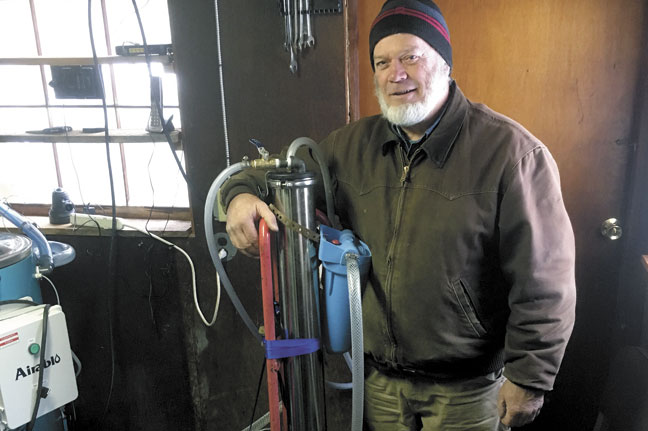
Working with little ROs for syrup production
Stephen Childs, New York State Maple Specialist | Oct. 12, 2017
One of the biggest drawbacks of making maple syrup for a back yarder or small maple producer is the time it takes to boil the sap into syrup. The idea of using a small reverse osmosis unit to assist with the syrup making is very interesting to many small maple producers.
There are many little reverse osmosis systems available for water purification in households or for small commercial applications. These can be purchased from a number of big box stores, home improvement stores or on line. These RO units can be used to remove water from sap to speed up the concentration and syrup boiling process. [ MORE ]
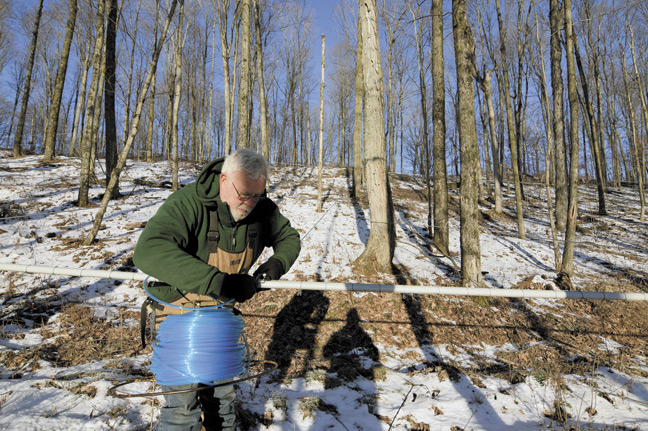
3/16” tubing results from Uihlein Forest
Michael Farrell | February 2017
There has been a lot of interest in 3/16” tubing systems over the past several years. Tim Wilmot’s research on this novel concept has caused a lot of producers to rethink how they install new tubing systems or potentially renovate their existing sugarbushes. Despite a lot of in-depth research reports and successful stories from sugarmakers who have used 3/16” systems, there still remains a lot of skepticism and questions among producers who are reluctant to switch away from 5/16” systems. It should be obvious that using 3/16” will always be better in a gravity based system, yet the answer when using vacuum pumps does not have a solid consensus. In 2016, we received funding from the Northern NY Agricultural Development Program to conduct research and extension on using 3/16” tubing systems under vacuum. This article describes our research results from the past year and outlines future directions.
[ MORE ]
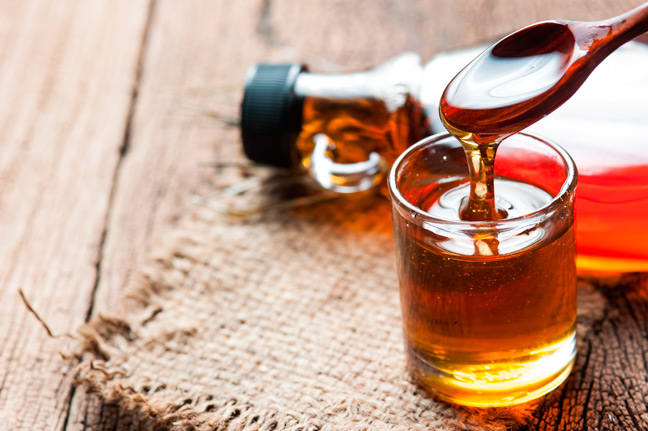
Importance of focusing on syrup quality
Michael Farrell | Feb. 2016
I have been attending the board meetings of the International Maple Syrup Institute for the past several years. The agendas are always interesting and focus on a wide variety of topics of importance to the maple syrup industry, including many facets of marketing and promotion, misrepresentation of maple syrup in the marketplace, and ensuring product quality.
[ MORE ]
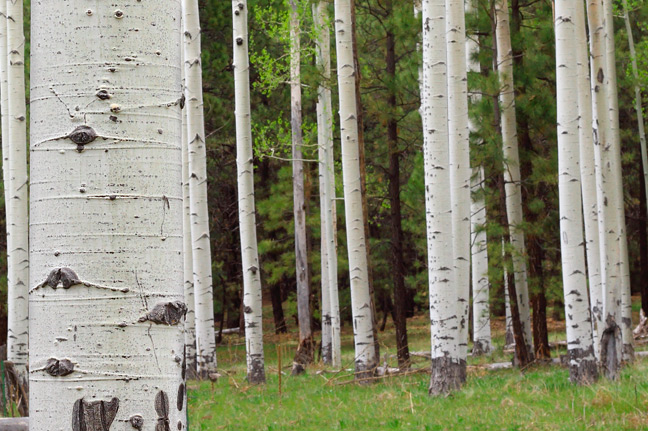
Research Update on Birch Sap & Syrup Trials
Michael Farrell | Jan. 2016
For the past several years we have been conducting research and extension on tapping birch trees for their sap and syrup production. This article presents some of the lessons learned to date and presents some basic answers to some of the most frequently asked questions with tapping birch trees, to the best of our current knowledge.
[ MORE ]






























